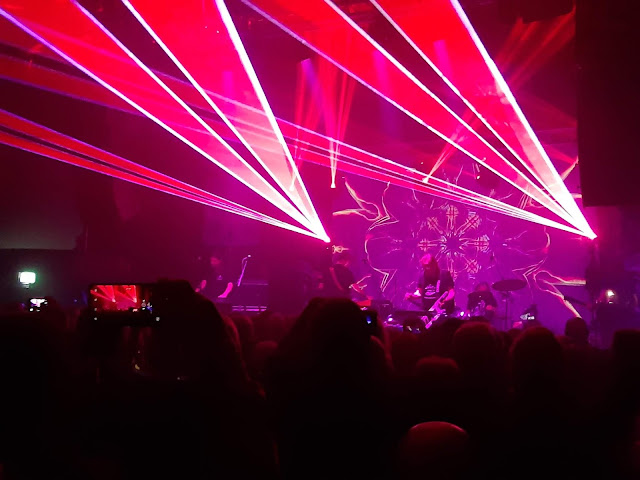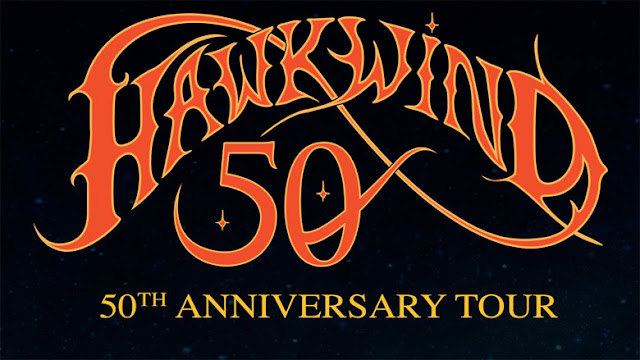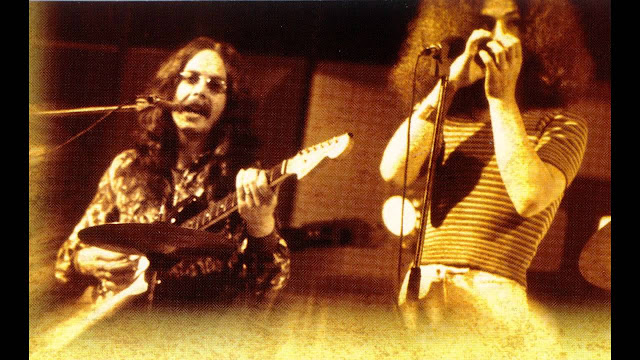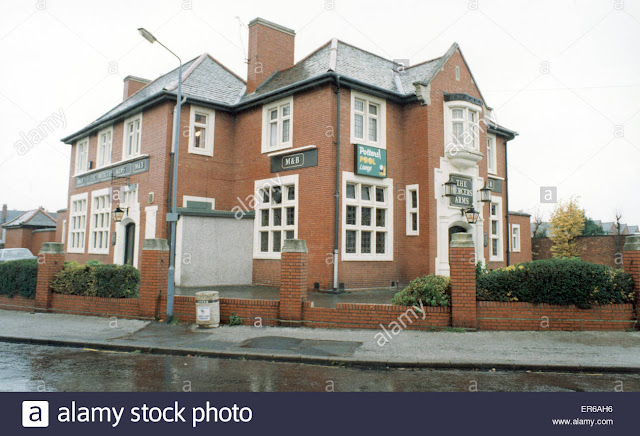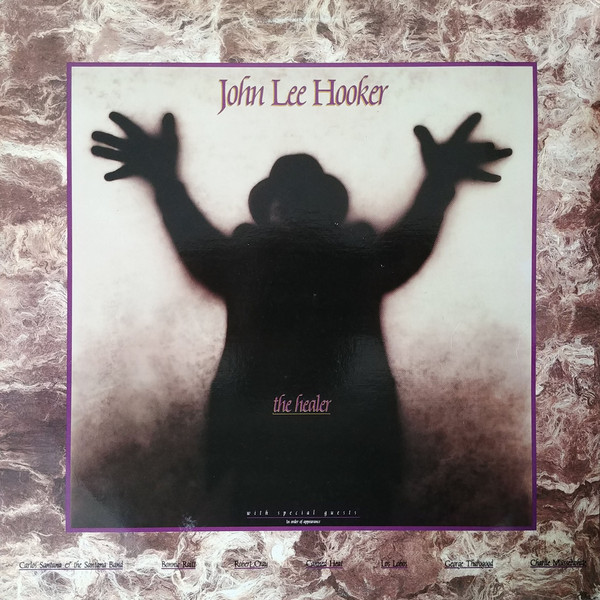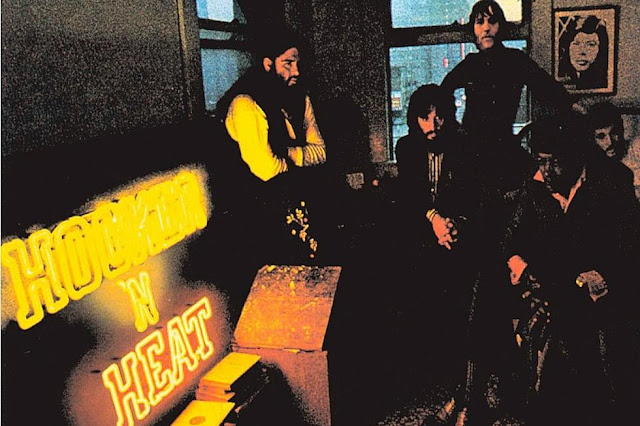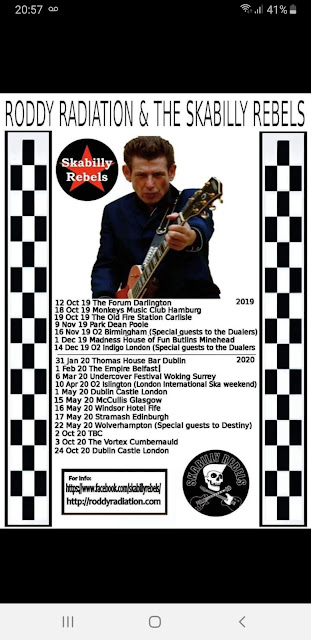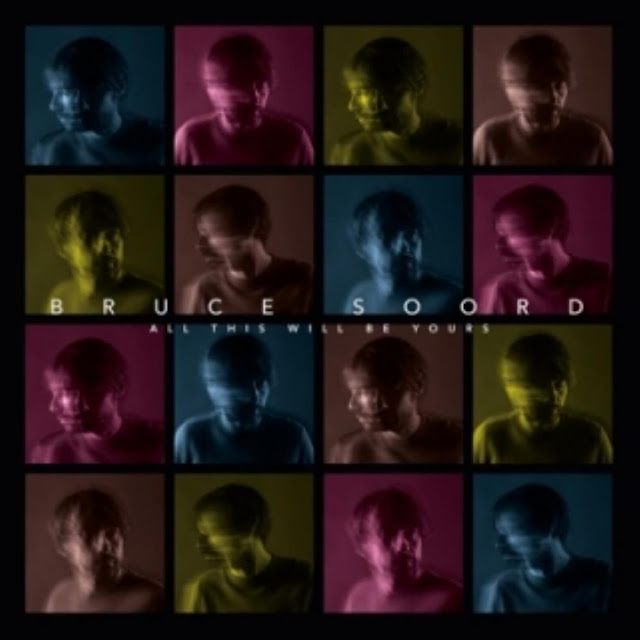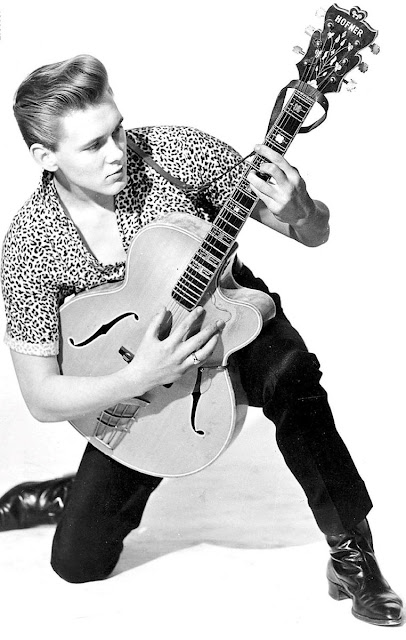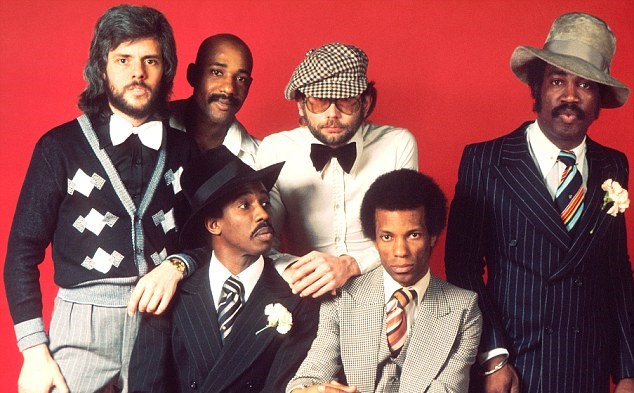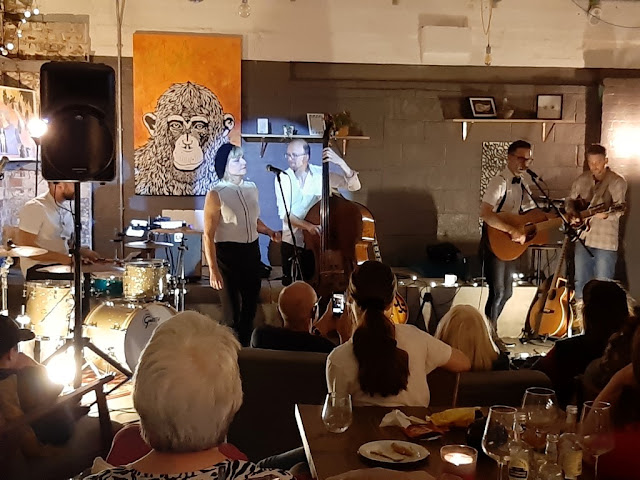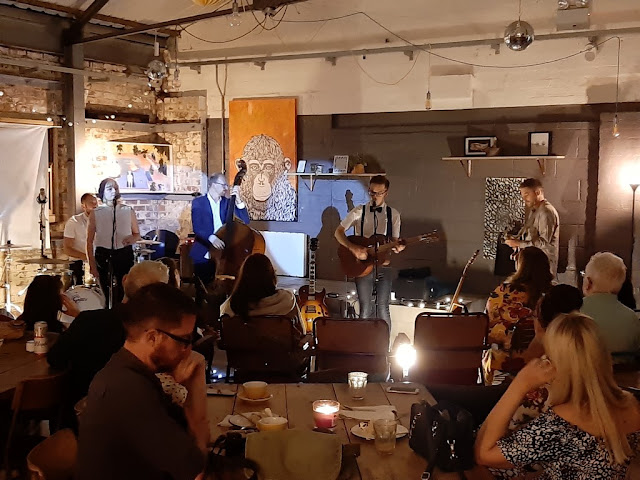Roddy ‘Radiation’ Byers
By Pete Clemons
I recently attended an interesting, insightful and incredibly honest question and answer session, at the Coventry Music Museum, involving former Specials guitarist Roddy ‘Radiation’ Byers.
Clearly Roddy is not the most comfortable public speaker, few of us are. Roddy’s talents are in other areas, such as writing songs and playing guitar. So well done to host Pete Chambers for keeping the session flowing.
With songs such as ‘Concrete Jungle’, ‘Hey Little Rich Girl’ and ‘Rat Race’ in his armoury Roddy has written and created a succession of quality songs over the years. And, he is second only to Jerry Dammers in the amount of original material he wrote for The Specials during their classic years.
At first impression Roddy comes across as a battle scarred warrior. However, scratch the surface and as I had long suspected, you find a genuinely good guy.
The question and answer session began with Roddy revealing his early musical interests growing up in his Keresley home. Roddy explained how his Father played trumpet in local bands and how he himself briefly took up brass instruments. But then came The Monkees and their madcap, yet wonderful, TV series. The influences continued and emanated from the more edgier bands such as The Kinks and The Rolling Stones.
Roddy’s first proper group were The Wild Boys a band influenced by the early 70s New York rock scene. By 1975 that same scene was proclaiming that ‘Punk is Coming’.
I asked Roddy how he got into the UK punk rock scene so early. When I say early, I am
 |
| Roadent – aka Scon Steve Conelly |
talking about late 1975/early 76, when punk had not yet broken out of London. It turned out that Coventry bohemian, Steve Connelly aka ‘Roadent’, had been based in London at that time. He contacted Roddy letting him know about the scene that was still in its embryonic stage, and how, he might enjoy it. Next thing Roddy is in London watching the Sex Pistols in front of 40 people.
Roddy also shared with us how he first became involved with The Coventry Automatics, later to become known as The Specials, and how Jerry Dammers had approached him in the Domino club. The Domino had always been known as a notorious late night drinking den, based in the lower precinct.
Roddy was worse for drink when he agreed to sign up. He was duly woken early next day by both Jerry and Pete Waterman, who then whisked him off down to London for recording sessions that resulted in the demos that were later hawked, unsuccessfully, around the capital.
Jerry Dammers created The Specials by hand picking, and poaching, what he saw as the cream of Coventry’s finest musicians. And that led to the biggest disclosure of this discussion – to me at least. Roddy revealed that, as such, there were no true friendships forged within the band. None, at least, in the same way that are created when a band is formed by a bunch of mates. With no real bonding, they all remained as individuals.
With that lack of true camaraderie in the camp the days of touring became long and arduous and the band became fractious. Things were not helped when, during those early days, the band were living in the back of a van with little money and food coming in. Additionally, continually being slapped down, and not being given full freedom to express, or not be allowed to be heard, will always boil over into pure frustration.
The Clash guitarist Joe Strummer, who The Specials once toured with, insisted on the band getting a pay rise on hearing of their plight and the horrendous conditions that The Specials were having to put up with.
Another contentious issue happened when Roddy wrote his song ‘Rat Race’. Roddy mentioned that, in no way was it aimed at any of the band members. Roddy remains adamant it came about after overhearing a conversation in a university bar about jobs that students had already had lined up for them by their parents.
After the demise of The Specials Roddy became involved with his own bands The Bonediggers and The Tearjerkers. And then a reunion of sorts, known as The Specials Mk 2.
Amusingly Roddy remembered back to when Amy Winehouse jumped on stage with the reformed Specials during the summer of 2009. They performed several songs together. Afterwards Amy mentioned to Roddy that her friend wanted to marry him. Of course, as flattering as it was, Roddy let her know that he was already spoken for.
Roddy is an incredibly talented person. His songwriting and legacy will far outlive him. But he is also a principled man and, as I touched on from the outset of this article, a man who struggles to express himself other than within song. As such he is, as his social media avatar suggests, a tortured soul. Devoutly, he ‘is not a rich persons lackey and money is not his main motivation.
Interestingly, what Roddy had hoped for, at the outset of The Specials, was for a Jagger/Richards type writing partnership with Jerry Dammers. It had me thinking, imagine the interest, even in today’s times, if both managed to get a few songs together. A kind of electronic come punk rock mix springs to mind. Either way, with the power of the internet and its potential to create music nowadays. Never say never.
Nowadays, Roddy can be found fronting The Skabilly Rebels, a band who have been around for several years now. But more recently the Skabillys have been incredibly active on the live scene.
Yes, Roddy may well be back playing in pubs and small clubs. But he does seem more content with life. ‘Better to fade away like an old soldier than to burn out’ – John Lennon.
Find out more about The Skabilly Rebels here……. https://www.facebook.com/skabillyrebels/ and here http://www.roddyradiation.com/


